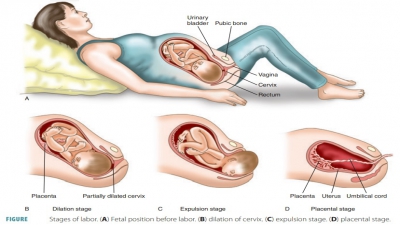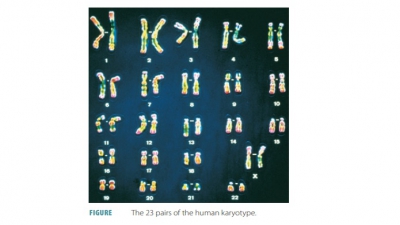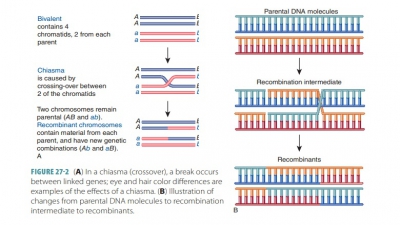Fertilization
| Home | | Anatomy and Physiology | | Anatomy and Physiology Health Education (APHE) |Chapter: Anatomy and Physiology for Health Professionals: Pregnancy and Development
1. List the steps involved in fertilization of the egg by the sperm. 2. What is the first cell of a future offspring called? 3. What would happen if more than one sperm cell head were to enter the oocyte?
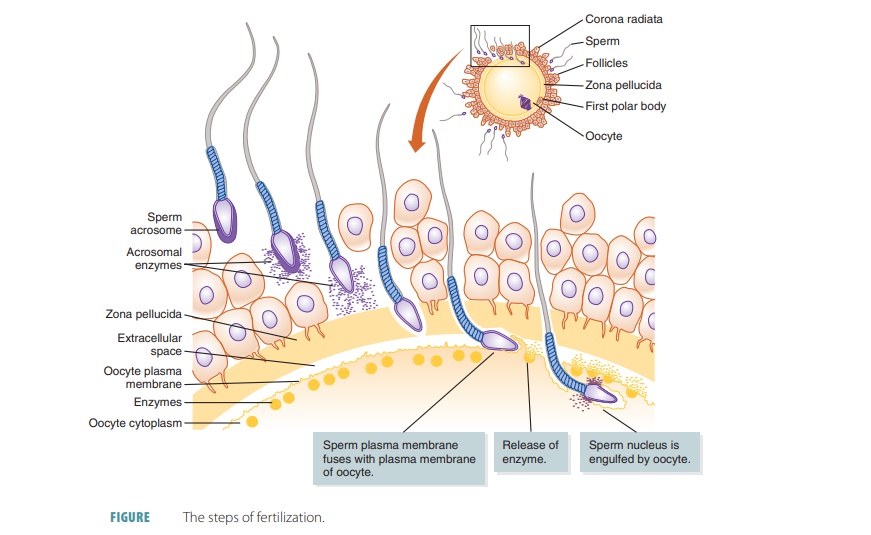
Fertilization
Fertilization
is the union of a sperm cell with an egg cell. Also called conception, it usually occurs in a uterine tube. Once the
developing offspring is implanted into the lining of the uterus, pregnancy begins. It consists of
three trimesters, each about three months long.
Once ovulation occurs, the egg cell usually enters a uterine
tube. During sexual intercourse the male deposits semen into the vagina, near
the cervix. The sperm cells in the semen must “swim” upward through the uterus
and uterine tube. The female reproductive tract secretes a thin fluid that
promotes sperm transport and survival. This secretion increases the chance that
sperm will reach an egg cell at the time when a woman is most fertile. Within
one hour after intercourse, sperm cells reach the upper uterinetube, where the
secondary oocyte is located. Only one sperm actually fertilizes this egg cell.
Fertilization actually occurs once a sperm cell binds with
the zona pellucida surrounding the oocyte cell membrane. The sperm cell’s
acrosome releases enzymes such as hyaluronidase
and acrosin, which aid penetration of
the sperm head (FIGURE
26-1). At least several hundred sperm cells must be present to
pro-duce enough enzymes to allow one of them to pene-trate. This is why men
with very low sperm counts are termed subfertile.
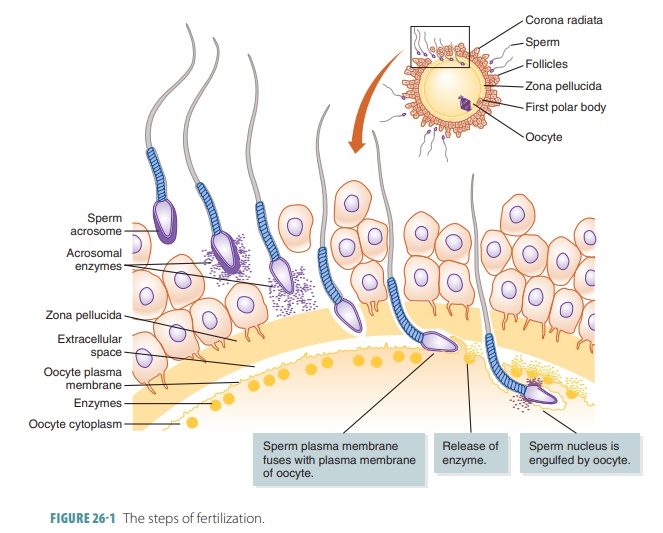
When the head of a sperm enters the oocyte, the remainder
stays outside, triggering vesicles beneath the oocyte membrane to strengthen
the zona pellu-cida. This keeps additional sperm heads from entering. Entry of
more than one would cause the zygote to be abnormal because of an overload of
genetic material.
Once a sperm cell head enters the oocyte’s cyto-plasm and
activates it, the sperm cell divides to form a large cell with a nucleus
containing the female’s genetic information (FIGURE 26-2). It also holds a tiny second polar body, which is
expelled. Meiosis is now complete, and the approaching nuclei from the two sex
cells are called pronuclei. They
later meet and merge, with their nuclear membranes disintegrating and their
chromosomes mingling. Fertilization is now com-plete. Polyspermy or fertilization by more than one
sperm is prevented by a cortical reaction that releases enzymes that inactivate
sperm receptors while hardening the zona pellucida.
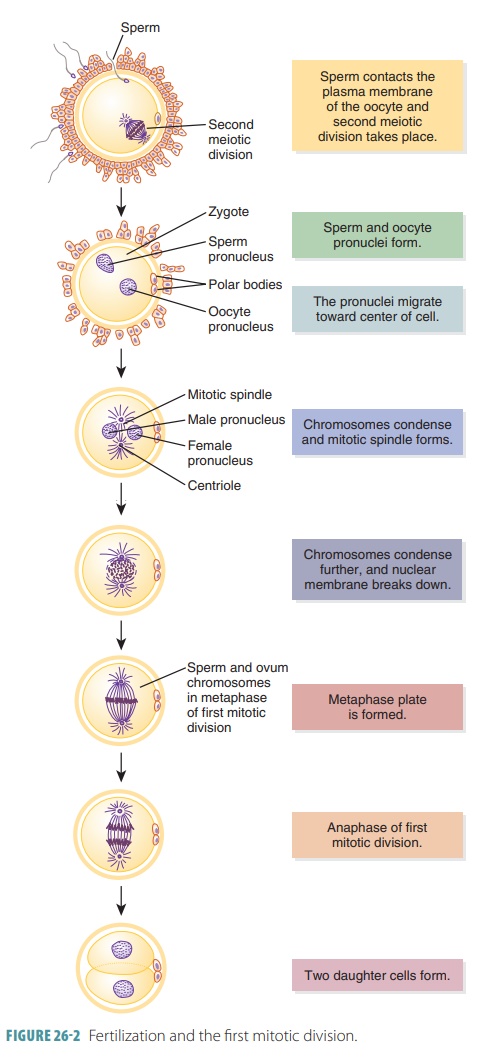
The male and female each provide 23 chromo-somes. A human body’s somatic cells require 46 chromosomes—hence the contributed chromosomes from each partner combine. The cell this produces is called the zygote—the first cell of the future offspring. Once the oocyte has been activated and meiosis has finished, the nuclear material that is still inside the ovum reorganizes into the female pronucleus. Mean-while, the nucleus of the spermatozoon swells to form the male pronucleus, as the remainder of the sperm cell breaks down. The two pronuclei join during amphi-mixis to form the zygote.
1. List the steps involved in fertilization of the egg by the
sperm.
2. What is the first cell of a future offspring called?
3. What would happen if more than one sperm cell head were to
enter the oocyte?


